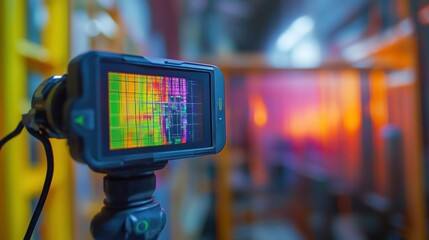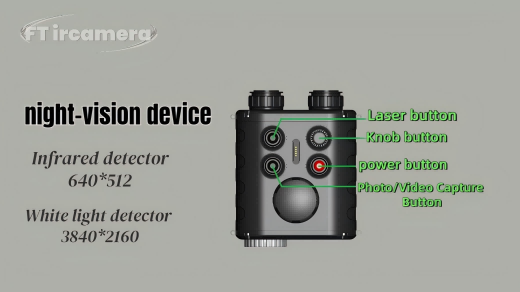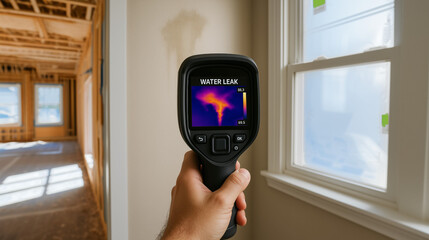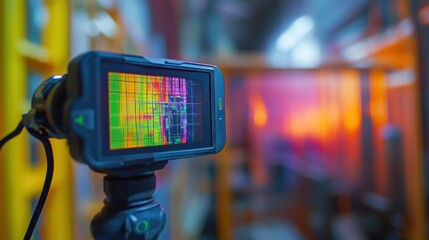Even in complete darkness, all objects emit thermal radiation. Thermal radiation is light in the long-wave infrared range, which is invisible to the human eye. It is precisely this long-wave infrared radiation that a thermal imaging camera uses to generate an image.
How does a thermal imaging camera work?
· Thermal radiation travels through high-quality germanium lenses onto the sensor
Thermal imaging devices capture long-wave infrared light in the mid-infrared range between 8 and 13 µm wavelength. This long-wave infrared radiation cannot be transmitted through normal glass. For this reason, thermal imaging cameras require lenses made of special material, such as germanium, which allows long-wave thermal radiation to pass through..
· The sensor (microbolometer) converts the thermal radiation into electrical signals
In the process, a value is assigned to each pixel.
· The processor creates a colored representation of the temperature of the object
To do this, the processor uses an image processing algorithm – at ZEISS we have ZSIP Pro for this purpose, which reproduces the temperature of the object as a high-contrast image on the display based on the signals from the individual pixels. The greater the temperature differences between the body and the environment, the higher the contrast of the image..
· The image shown on the viewfinder display can be viewed through the eyepiece
In this process, each temperature value is assigned to a specific color and shown on the display.


 The Scramble for AI Computing Power
The Scramble for AI Computing Power
 looking infrared camera
looking infrared camera
 About the thermal imaging camera
About the thermal imaging camera


